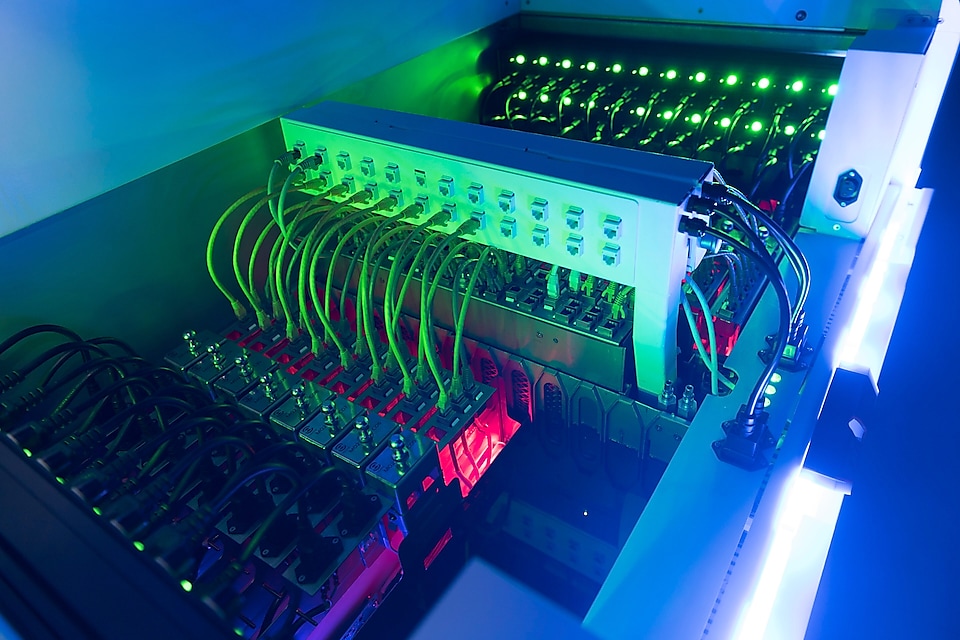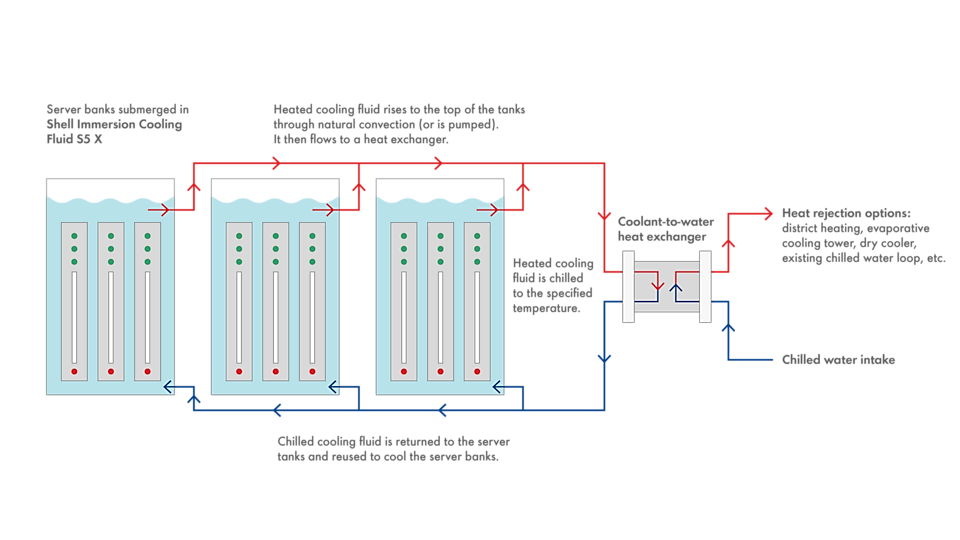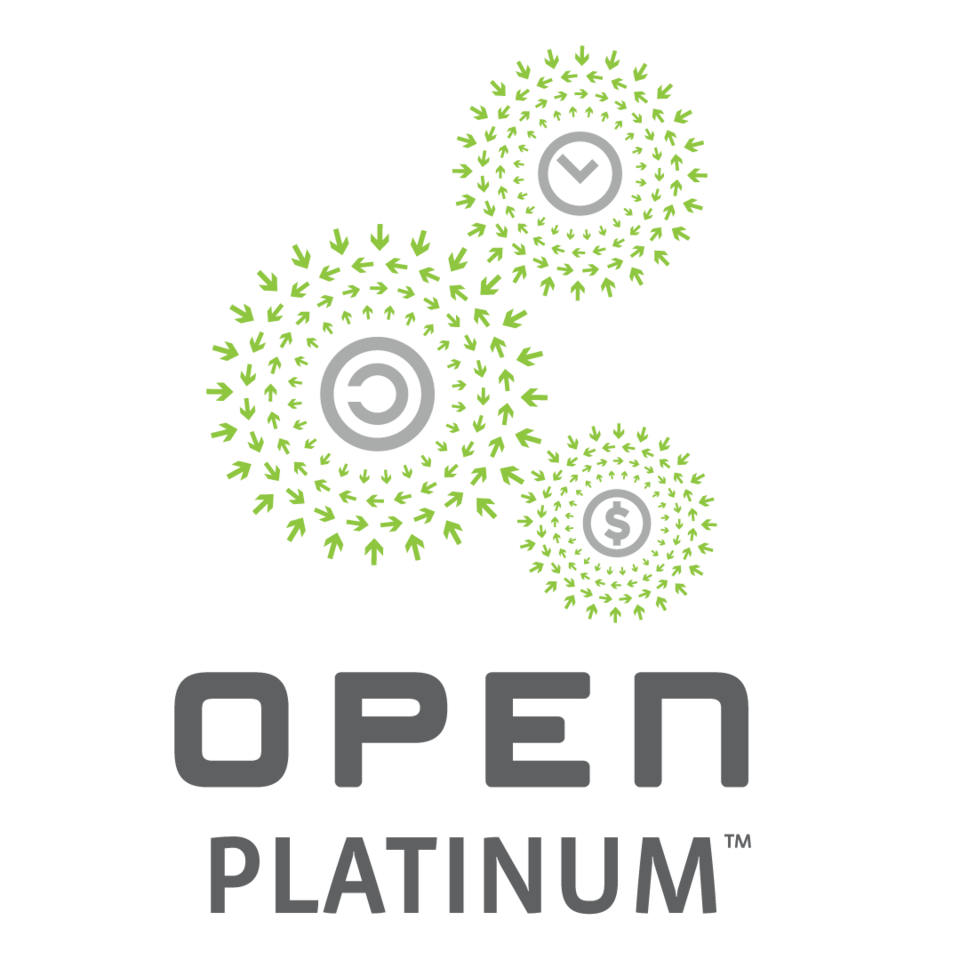Title: Shell Immersion Cooling Video_ENG
Duration: 3:52 minutes
Description:
Shell Integrated Immersion Cooling Solution
The integrated Asperitas Immersed Computing® and Shell Immersion Cooling Fluid solution is one of a handful of innovations featured in a World Economic Forum white paper showcasing disruptive innovations in the energy sector judged to be NOVEL, BENEFICIAL TO SOCIETY AND ACCELERATING THE ENERGY TRANSITION.
Shell Immersion Cooling Video_ENG
Transcript
[Background music plays]
uplifting music
[Animated sequence]
Animated + Images + footage
[Text displays]
1
0:00:00,640 --> 0:00:03,440
Everyday, as our global population grows,
2
0:00:03,440 --> 0:00:08,800
there is greater demand for faster, more
intelligent and more immediate access to data.
3
0:00:09,680 --> 0:00:15,440
In this new world, technology continues to
play a fundamental role in our daily lives.
4
0:00:15,440 --> 0:00:21,440
Our use of data is only going to increase -
and so will our need for datacentres. With a
5
0:00:21,440 --> 0:00:26,320
fast-evolving landscape, there will soon be
a requirement to have datacentres anywhere.
6
0:00:27,120 --> 0:00:31,520
Current datacentres remain a significant
consumer of energy resources,
7
0:00:31,520 --> 0:00:34,800
using around 1% of global electricity supplies.
8
0:00:35,520 --> 0:00:40,800
With climate change being one of the biggest
challenges facing humanity today, we need a
9
0:00:40,800 --> 0:00:47,120
solution to run our datacentres more sustainably
and this solution must also offer resiliency.
10
0:00:48,240 --> 0:00:53,040
Here at Shell, we are proactively innovating
to help overcome these challenges.
11
0:00:53,680 --> 0:00:58,240
We have collaborated with Asperitas to
engineer energy solutions that have the
12
0:00:58,240 --> 0:01:02,160
potential to change the landscape
for datacentres around the world.
13
0:01:02,800 --> 0:01:07,440
Traditional air cooling cannot cope with
the demands of powerful next generation
14
0:01:07,440 --> 0:01:12,320
server hardware and changing environments
with higher temperatures and humidity.
15
0:01:12,320 --> 0:01:17,680
Therefore, together with Asperitas, we have
developed an integrated cooling solution
16
0:01:17,680 --> 0:01:22,960
which enables a lower carbon footprint and
mitigates collective impact at datacentres.
17
0:01:23,680 --> 0:01:28,320
The immersion cooling solution,
engineered by the experts at Asperitas
18
0:01:28,320 --> 0:01:32,240
integrates with high-density and
high-performance server hardware;
19
0:01:32,240 --> 0:01:36,160
where it is being immersed in an
innovative Shell Immersion Cooling Fluid.
20
0:01:36,499 --> 0:01:41,776
Our solution offers…
- Up to 48% reduction in energy footprint
21
0:01:41,776 --> 0:01:47,836
- Up to 40% more CPU performance
- Up to 80% physical footprint reduction
22
0:01:47,836 --> 0:01:54,952
- Up to 99% energy ready for re-use
on max. 55 degree Celsius hot water
23
0:01:54,952 --> 0:01:59,142
- 30-40% decrease in datacentre CAPEX and OPEX
24
0:01:59,142 --> 0:02:07,177
- Up to 30% less CO2 emission
- No water consumption needed as it is a closed-loop system
25
0:02:07,177 --> 0:02:10,804
- Warm water cooling up to 45 degree Celsius
26
0:02:10,931 --> 0:02:15,809
Inside the immersion cooling solution is
the Shell propriety immersion cooling fluid.
27
0:02:16,000 --> 0:02:20,480
Shell Immersion Cooling Fluid is a
synthetic, dielectric, single-phase
28
0:02:20,480 --> 0:02:25,680
immersion cooling liquid made from natural
gas, using Shell’s Gas-To-Liquid technology
29
0:02:26,320 --> 0:02:29,120
Built for protection and reliability,
30
0:02:29,120 --> 0:02:33,040
making it a leader of cooling fluids
currently available on the market.
31
0:02:33,840 --> 0:02:39,600
Forming part of our wider energy eco-system,
our innovative cooling solution also allows
32
0:02:39,600 --> 0:02:45,760
businesses to expand further into a sustainable
world through the re-use of waste heat as energy.
33
0:02:46,400 --> 0:02:51,200
As the electronics within the server are
immersed in a fluid, heat can be passed
34
0:02:51,200 --> 0:02:56,320
on via a closed cycle water circuit and
used for another purpose such as heating.
35
0:02:57,040 --> 0:03:02,560
In addition, Shell offers a portfolio of
renewable energy services and installations
36
0:03:02,560 --> 0:03:07,040
as well as a carbon credit solution
through Shell’s nature-based portfolio.
37
0:03:07,760 --> 0:03:12,560
This solution has been recognised by the
World Economic Forum as one of the best
38
0:03:12,560 --> 0:03:18,000
Transformational Energy Innovations in the last
decade and we’ve won a number of awards too.
39
0:03:18,640 --> 0:03:23,520
Our system can be integrated into
almost any datacentre – of any scale.
40
0:03:23,520 --> 0:03:27,520
Our experts partner with you to
plan and implement the solution
41
0:03:27,520 --> 0:03:30,455
in order to optimise the return on investment.
42
0:03:30,632 --> 0:03:38,000
Our vision is clear, we want to provide our customers
with high-performing, sustainable and innovative solutions
43
0:03:38,000 --> 0:03:41,040
to help them on their decarbonisation journey.
44
0:03:41,760 --> 0:03:45,840
We can work with you to create
a sustainable tomorrow, today.



